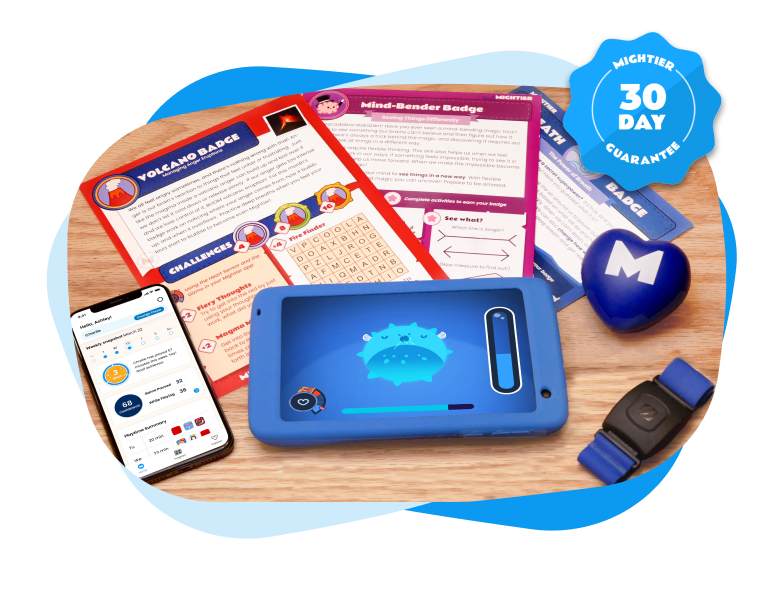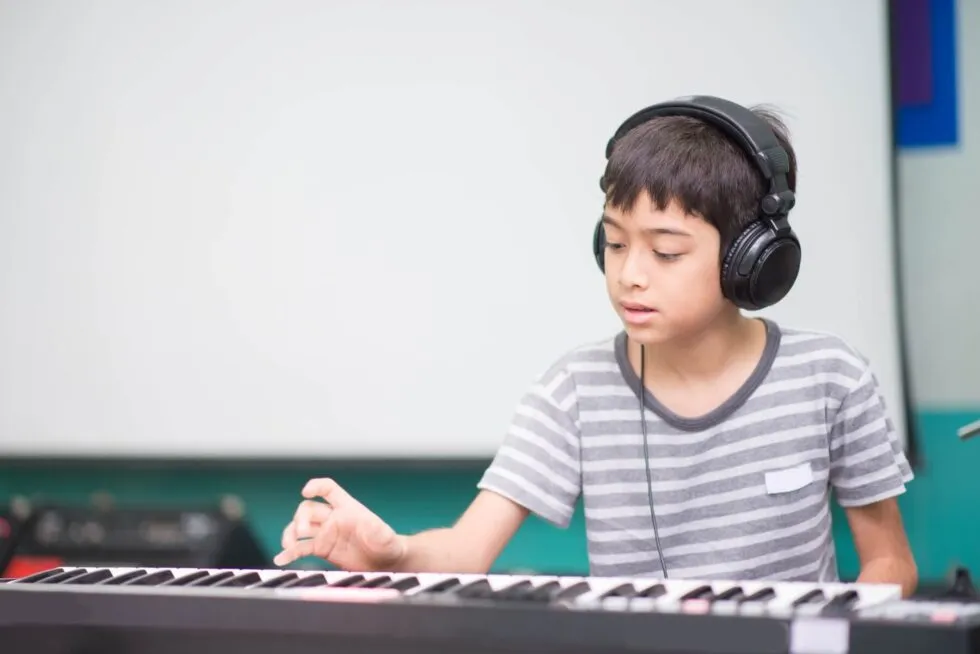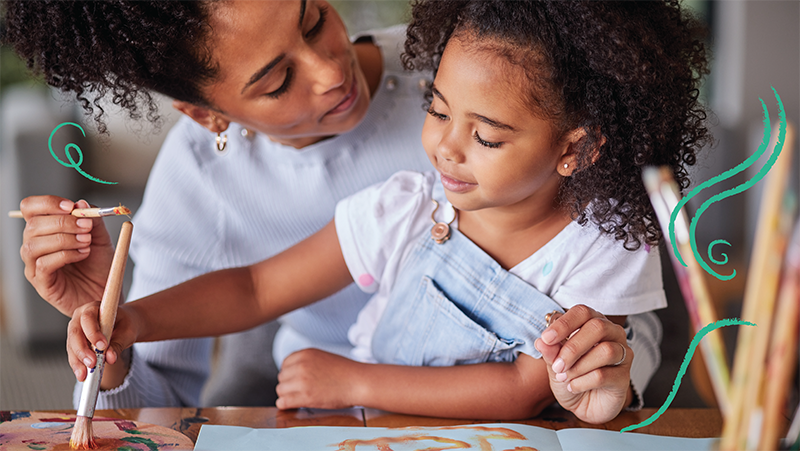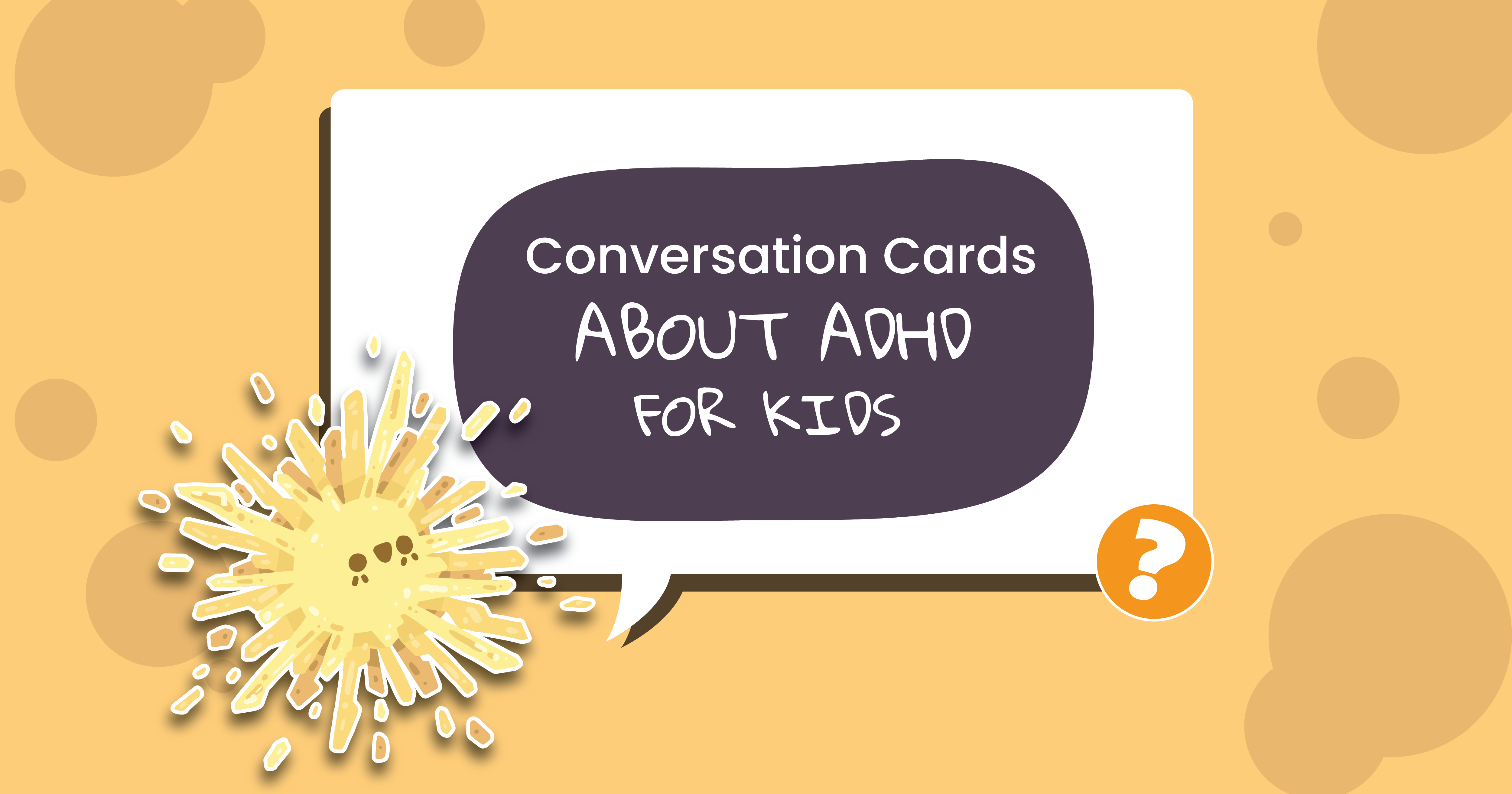A lot of people are facing the challenges of ADHD — difficulty focusing and organizing, physical restlessness or hyperactivity, impatience and emotion dysregulation. That’s also a lot of people experiencing the upsides of ADHD — high energy, creativity, inventiveness, bravery, spontaneity. The CDC reports that in 2017 about 1 in 10 US children and 1 in 20 adults had an ADHD diagnosis. When thinking about how to manage the challenges of ADHD, it is important to also harness the strengths, especially when it comes to family time.
Spending time together as a family, often requires balancing the needs of shifting constellations of people. When family members have ADHD, it adds complexity as well as opportunity to the mix. Here are ideas and strategies to consider when you’re trying to make family time ADHD-inclusive.
- Work together to find positive moments that you can share. Individuals with ADHD often receive a lot of criticism and negative feedback in their daily lives. Try to counterbalance negative experiences with family time that provides enjoyment and an opportunity to interact positively. Find ways to share your affection for each other, and sprinkle family time with celebrations of one another’s strengths and successes.
- Invite children to direct their own play. Give children lots of chances to decide family activities and to immerse themselves in creative pursuits. It’s a triple-win, giving kids opportunities to be free from activities that are structured by other people, to flex their creativity and inventiveness, and to practice deep focus with preferred activities.
- Think ahead, together. Some family events and activities don’t provide as many opportunities for kid-directed agendas. Talk about this kind of family time in advance, to let everyone know what to expect, and plan coping strategies for tolerating less-preferred activities. For example, folks with ADHD might want to bring their favorite fidget toys to family events where there will be lots of sitting and chatting.
- Build in downtime. When you’re thinking through your family’s weekend plans or weekly schedules, be sure to include some planned downtime. Structure and routine can be helpful for people with ADHD, but everyone needs times when they can relax and be free of expectations. An hour to transition from school or work into other activities, for example, or a weekend day when everyone can sleep in and spend the morning in their pajamas if they want to.
- Provide on-ramps and off-ramps. It’s not always easy to predict whether people in our families are going to enjoy family activities, and for how long. Try to build flexibility into family activities that makes it easy for people to take breaks, and to walk away from an activity for a while, then re-engage when they’re ready.
Every family is different, and all individuals are unique. Finding what works for your family might take a bit of work and creative thought, but it helps build positive relationships and experiences. The mother of a Mightier player put it this way: “In our family, staying organized and on track can be tricky, and it might take us a little longer to complete projects, but we definitely have a lot of fun along the way.”

















